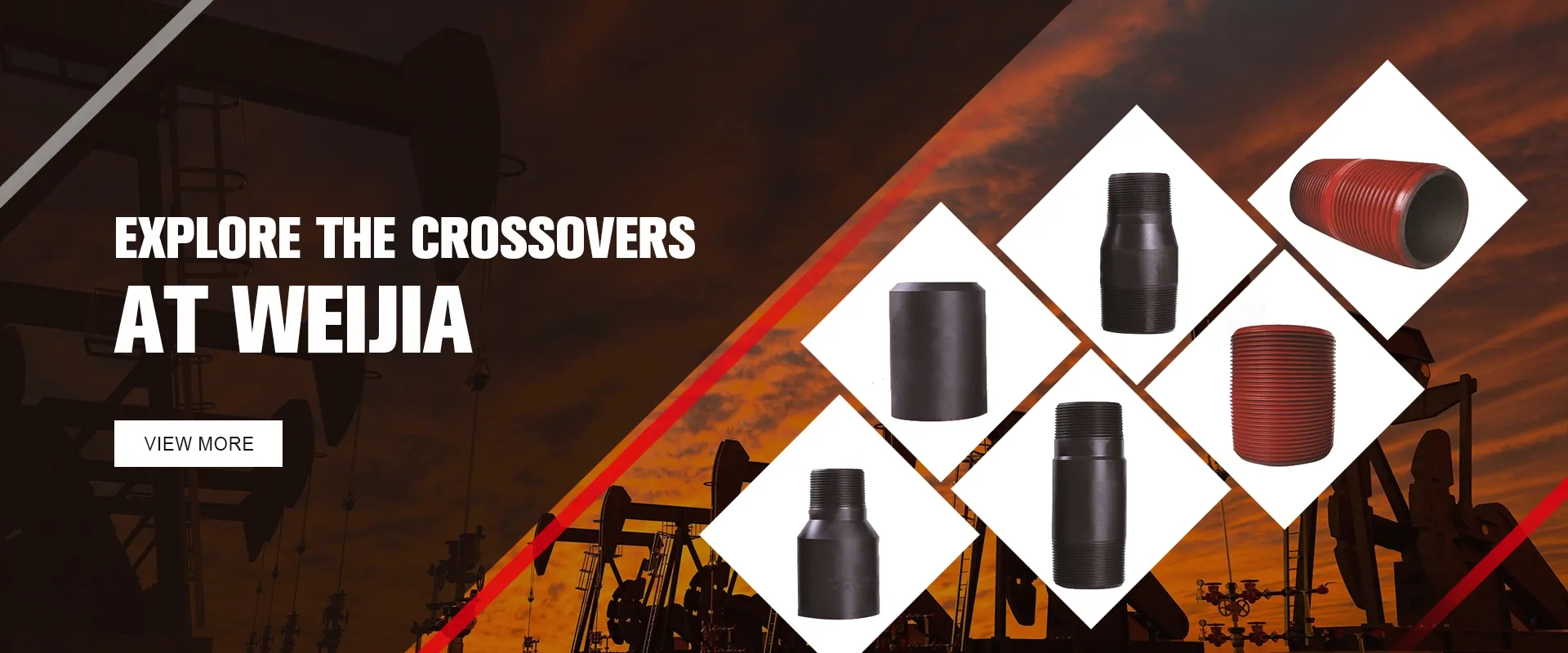- Afrikaans
- Albanian
- Amharic
- Arabic
- Armenian
- Azerbaijani
- Basque
- Belarusian
- Bengali
- Bosnian
- Bulgarian
- Catalan
- Cebuano
- Corsican
- Croatian
- Czech
- Danish
- Dutch
- English
- Esperanto
- Estonian
- Finnish
- French
- Frisian
- Galician
- Georgian
- German
- Greek
- Gujarati
- Haitian Creole
- hausa
- hawaiian
- Hebrew
- Hindi
- Miao
- Hungarian
- Icelandic
- igbo
- Indonesian
- irish
- Italian
- Japanese
- Javanese
- Kannada
- kazakh
- Khmer
- Rwandese
- Korean
- Kurdish
- Kyrgyz
- Lao
- Latin
- Latvian
- Lithuanian
- Luxembourgish
- Macedonian
- Malgashi
- Malay
- Malayalam
- Maltese
- Maori
- Marathi
- Mongolian
- Myanmar
- Nepali
- Norwegian
- Norwegian
- Occitan
- Pashto
- Persian
- Polish
- Portuguese
- Punjabi
- Romanian
- Russian
- Samoan
- Scottish Gaelic
- Serbian
- Sesotho
- Shona
- Sindhi
- Sinhala
- Slovak
- Slovenian
- Somali
- Spanish
- Sundanese
- Swahili
- Swedish
- Tagalog
- Tajik
- Tamil
- Tatar
- Telugu
- Thai
- Turkish
- Turkmen
- Ukrainian
- Urdu
- Uighur
- Uzbek
- Vietnamese
- Welsh
- Bantu
- Yiddish
- Yoruba
- Zulu
Understanding the Key Differences Between Casing and Tubing in Oil and Gas Operations
Understanding the Difference Between Casing and Tubing in Oil and Gas Operations
In the oil and gas industry, drilling operations involve various equipment and components, among which casing and tubing are essential elements. Understanding the differences between casing and tubing is crucial for professionals in the field, as these components play critical roles in the extraction process, ensuring safety, efficiency, and production quality.
What is Casing?
Casing refers to the series of pipes that are installed in the wellbore after the drilling process is completed. Its primary function is to provide structural integrity to the well, preventing the walls of the borehole from collapsing and isolating various geological formations. Casing acts as a barrier between the well and surrounding formations, preventing fluid migrations that could contaminate freshwater aquifers or cause blowouts.
Casing comes in different types and sizes, typically made from steel to withstand the harsh conditions encountered underground. Once the casing is set, it is cemented in place using a special cement slurry, which fills the space between the casing and the wellbore, providing further support and sealing off different layers of rock. This process is essential for the safe operation of the well.
There are various casing types, including surface casing, intermediate casing, and production casing, each serving distinctive purposes at different stages of the drilling and production process
. Surface casing, for instance, is installed first to protect freshwater sources and provide a stable structure for drilling deeper into the well.What is Tubing?
On the other hand, tubing is a smaller diameter pipe that runs inside the casing and is used for the actual production of oil and gas. Once the well has been drilled and cased, tubing is inserted into the casing to transport the hydrocarbons from the reservoir to the surface. Unlike casing, tubing is focused primarily on production and is not designed to provide well integrity or protection against the surrounding formations.
what is the difference between casing and tubing?

Tubing can also be removed and replaced more easily than casing, allowing operators to perform maintenance or repairs without having to drill a new well. The tubing string can be equipped with various components such as packers and perforating guns, which help enhance oil and gas flow, control pressure, and manage reservoir characteristics.
While the material used for tubing is also typically steel, it is designed with specific dimensions and pressure ratings to accommodate the flow of oil and gas and withstand the production conditions of the well.
Key Differences
The major differences between casing and tubing can be summarized as follows
1. Function Casing provides structural support and prevents contamination, while tubing transports produced fluids to the surface. 2. Installation Casing is cemented into place after drilling, whereas tubing is installed subsequent to casing and can be removed for maintenance. 3. Diameter Casing usually has a larger diameter compared to tubing, which is designed to fit inside the casing. 4. Material and Design While both are predominantly steel, tubing is designed for production with specific pressure ratings, while casing is built to withstand the external forces of the wellbore.
Conclusion
In essence, both casing and tubing are integral to successful oil and gas drilling operations. Casing serves as the protective barrier that stabilizes the wellbore, while tubing is crucial for transporting hydrocarbons to the surface. Understanding their distinct roles helps ensure effective management of oil and gas wells, promoting safety and operational efficiency within the industry. Knowledge of these components is vital for engineers, geologists, and rig personnel involved in drilling and production processes.
-
Tubing Pup Joints: Essential Components for Oil and Gas OperationsNewsJul.10,2025
-
Pup Joints: Essential Components for Reliable Drilling OperationsNewsJul.10,2025
-
Pipe Couplings: Connecting Your World EfficientlyNewsJul.10,2025
-
Mastering Oilfield Operations with Quality Tubing and CasingNewsJul.10,2025
-
High-Quality Casing Couplings for Every NeedNewsJul.10,2025
-
Boost Your Drilling Efficiency with Premium Crossover Tools & Seating NipplesNewsJul.10,2025







